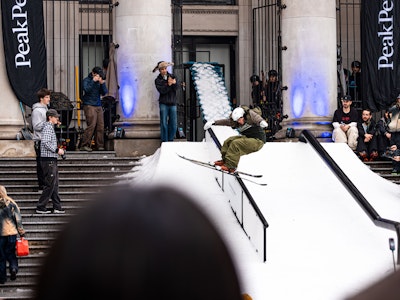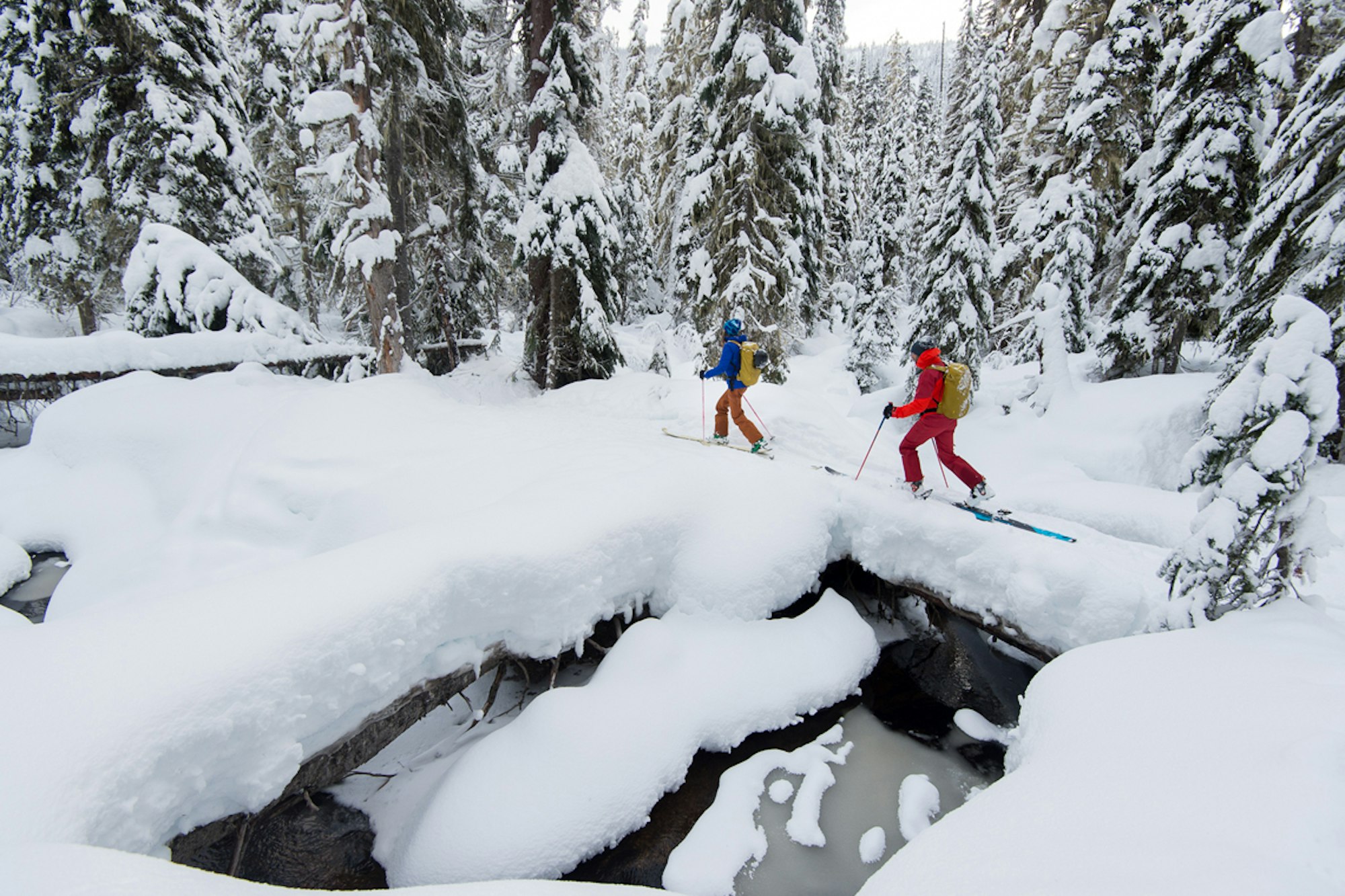Long gone are the days of slapping a label on a product and expecting it to sell. More than ever, consumers are hungry to know not just what a particular brand is selling, but what the story behind the brand is, where its products are designed and manufactured, where its materials are sourced and what values the company stands for.
Arc’teryx is responding to this shift in the business-consumer relationship by developing a five-part video series highlighting its inspiration, design, manufacturing, partnership and sustainability processes—complete with a microsite to house these videos and other stories.
Born at the base of the Canadian Coast Mountains in Vancouver, British Columbia, in 1989, Arc’teryx prides itself on its meticulous business practices. The brand fosters a collaborative work environment for designers, engineers, athletes and manufacturers to produce predominantly hand-made products built to withstand the harshest climates. It’s also been able to keep the entire production process close to home–from designing to manufacturing to testing–maintaining that Arc’teryx standard of quality.
“There’s this concept that things are made by machines. They’re not made by machines, they’re made by human beings,” said Shirley Chen, director of product commercialization and quality for Arc’teryx.
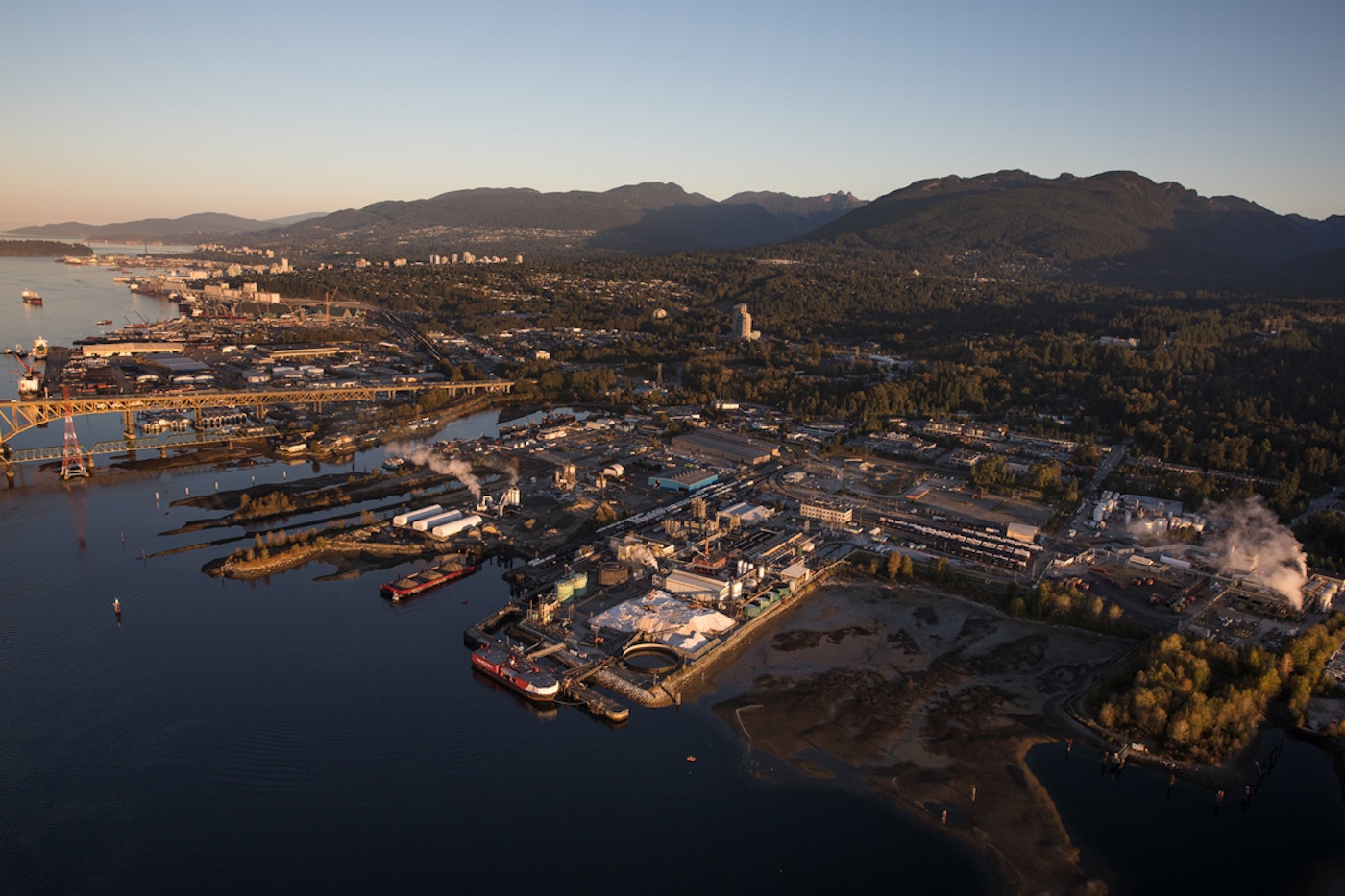
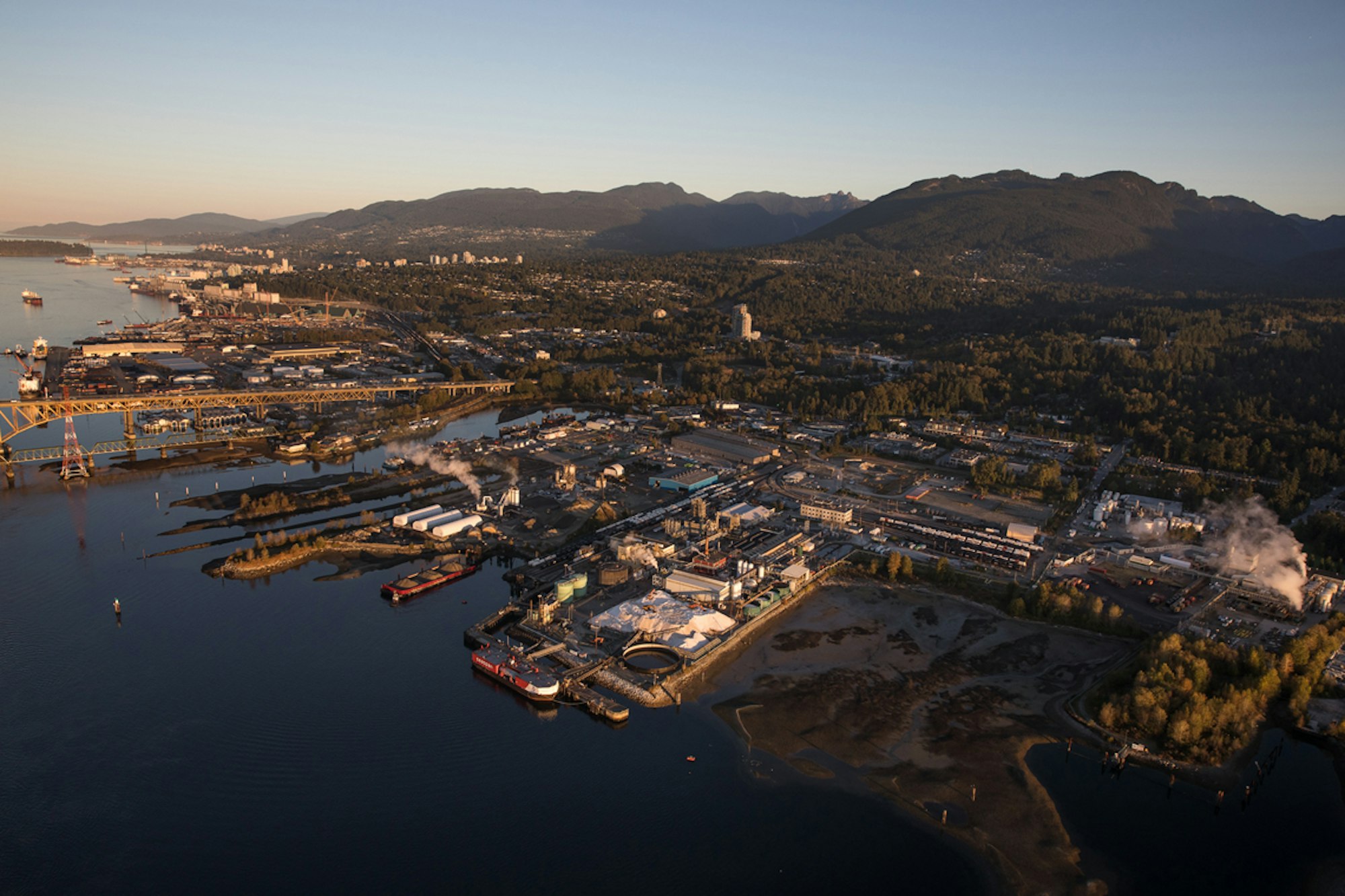
An aerial shot of Arc’teryx’s hometown, Vancouver. Having a factory so close to its headquarters and design center creates an incredibly efficient manufacturing process for the brand.
Products are first brought to life at the Arc’teryx design center, located in North Vancouver. The design center is stocked with all of the tools a team of experts need to collaborate on some of the world’s best products. Before being sent to be manufactured, product designers bring samples to various testing rooms in the facility, including a down room to test weight and fill power of different types of down; a color room to evaluate a garment’s ability to hold color; and a washing room to test a garment’s durability. The design center is also equipped with all of the machines available at the factories in order to mimic the manufacturing process.
“You come in here and it’s a workshop for sure–it’s not a pristine lab,” said JJ Mah, apparel designer for Arc’teryx.
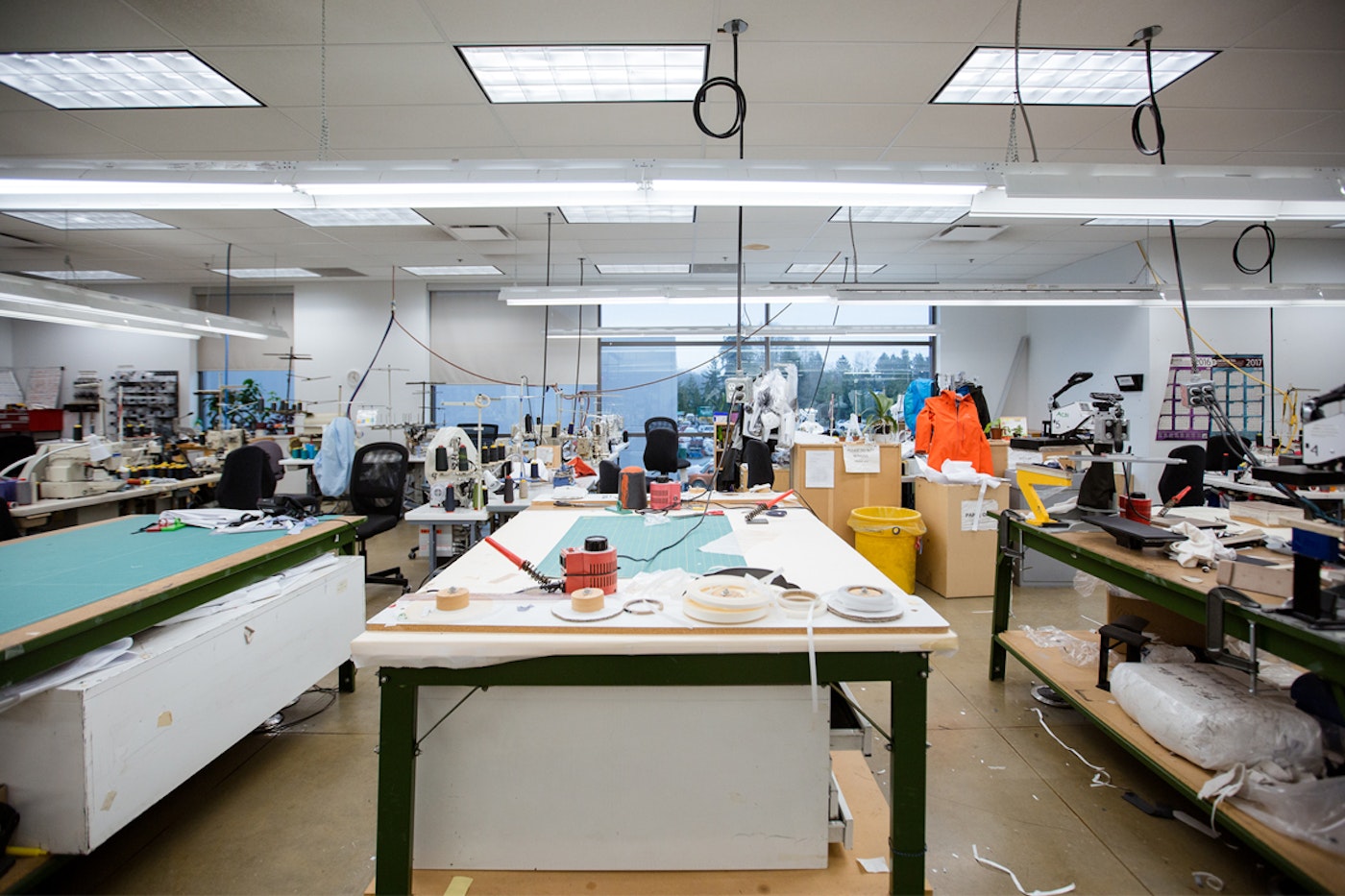
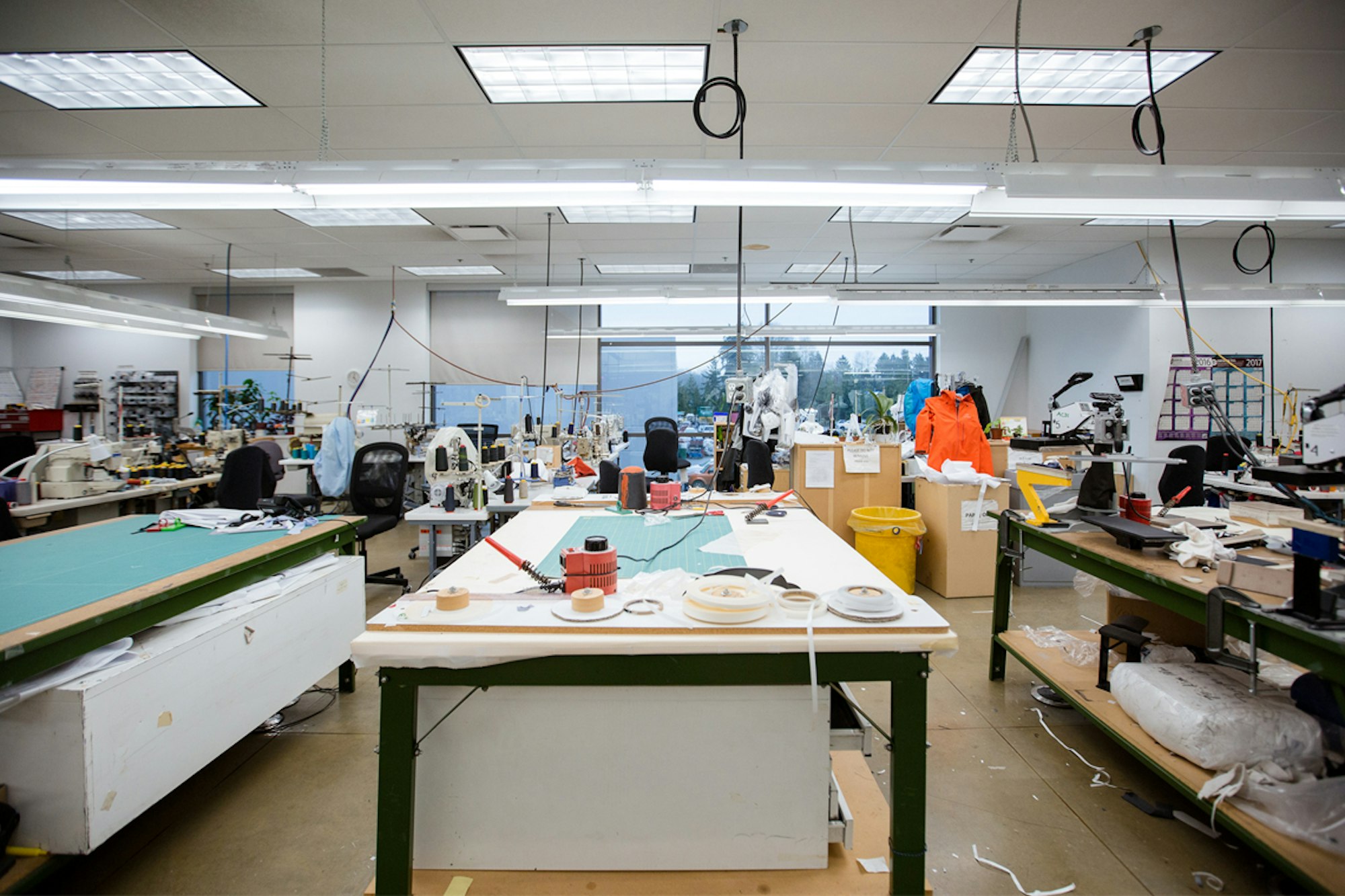
The design center is equipped with all of the same machines available at the factories in order to perfectly mimic the manufacturing process.
Just a short drive from the design center in Vancouver is the Arc’One factory–the brand’s only manufacturing facility in North America–which employs over 500 people and accounts for 10% of the brand’s global manufacturing. Having a factory so close to its headquarters and design center creates an incredibly efficient manufacturing process for the brand. Here, operators are grouped into teams to consistently turn out finished products rather than create bottlenecks of partially assembled units. Engineers and designers are able to visit Arc’One to work on new tools or products directly with the facility operators. But perhaps the best part about the Arc’One factory is its location.
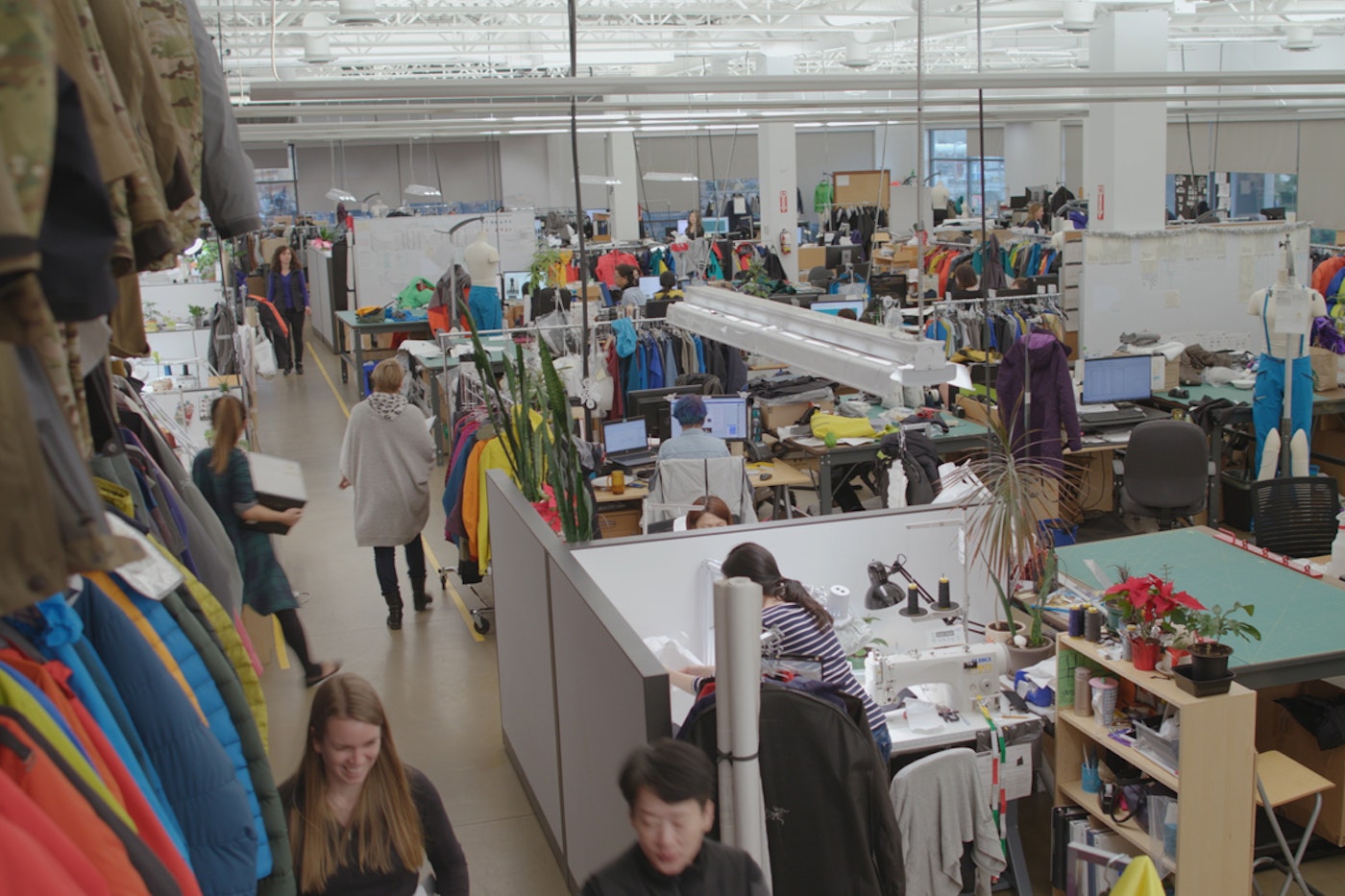
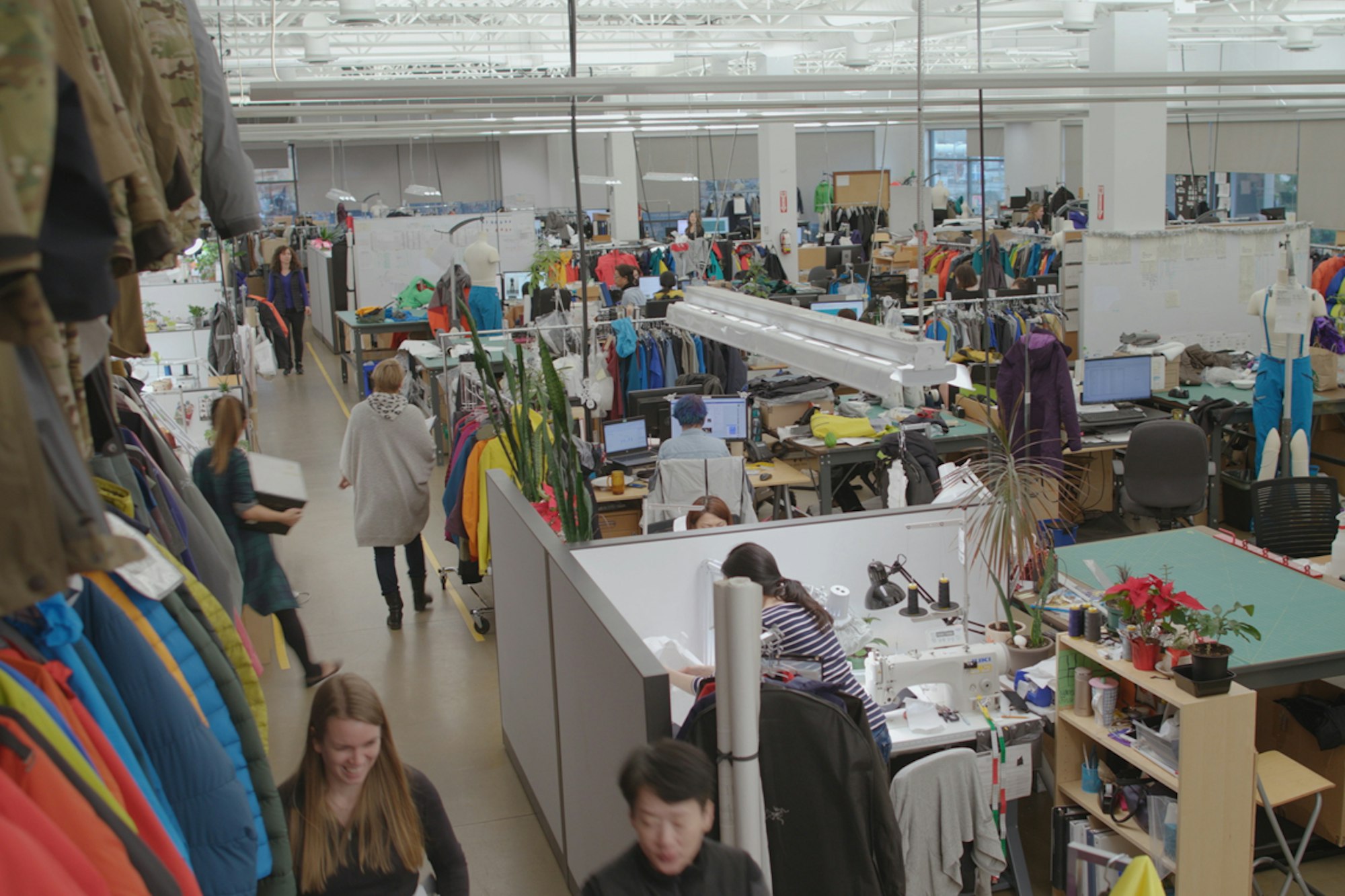
Products are first brought to life at the Arc’teryx design center, located in North Vancouver. The design center is stocked with all of the tools a team of experts need to collaborate on some of the world’s best products.
Built on the principle of designing and producing with obsessive precision, Arc’teryx takes advantage of its convenient locale–less than an hour from the world’s largest temperate rainforest. The North Shore mountains, part of the Coast Mountain Range, overlook Vancouver and produce some of the coldest and wettest weather in North America, making it the perfect testing grounds for Arc’teryx products. Here, designers are able to take product directly from the Arc’One factory and into the wild, all in a day’s work.
“There is no better proving ground. The Coast Mountains are a destination because the terrain is big, it’s serious and there’s hardly anyone. There’s a ton of unexplored stuff and there’s something very real about that. You can’t half-ass it,” said Dan Green, vice president of design for Arc’teryx. “I don’t think Arc’teryx could have been created anywhere else.”
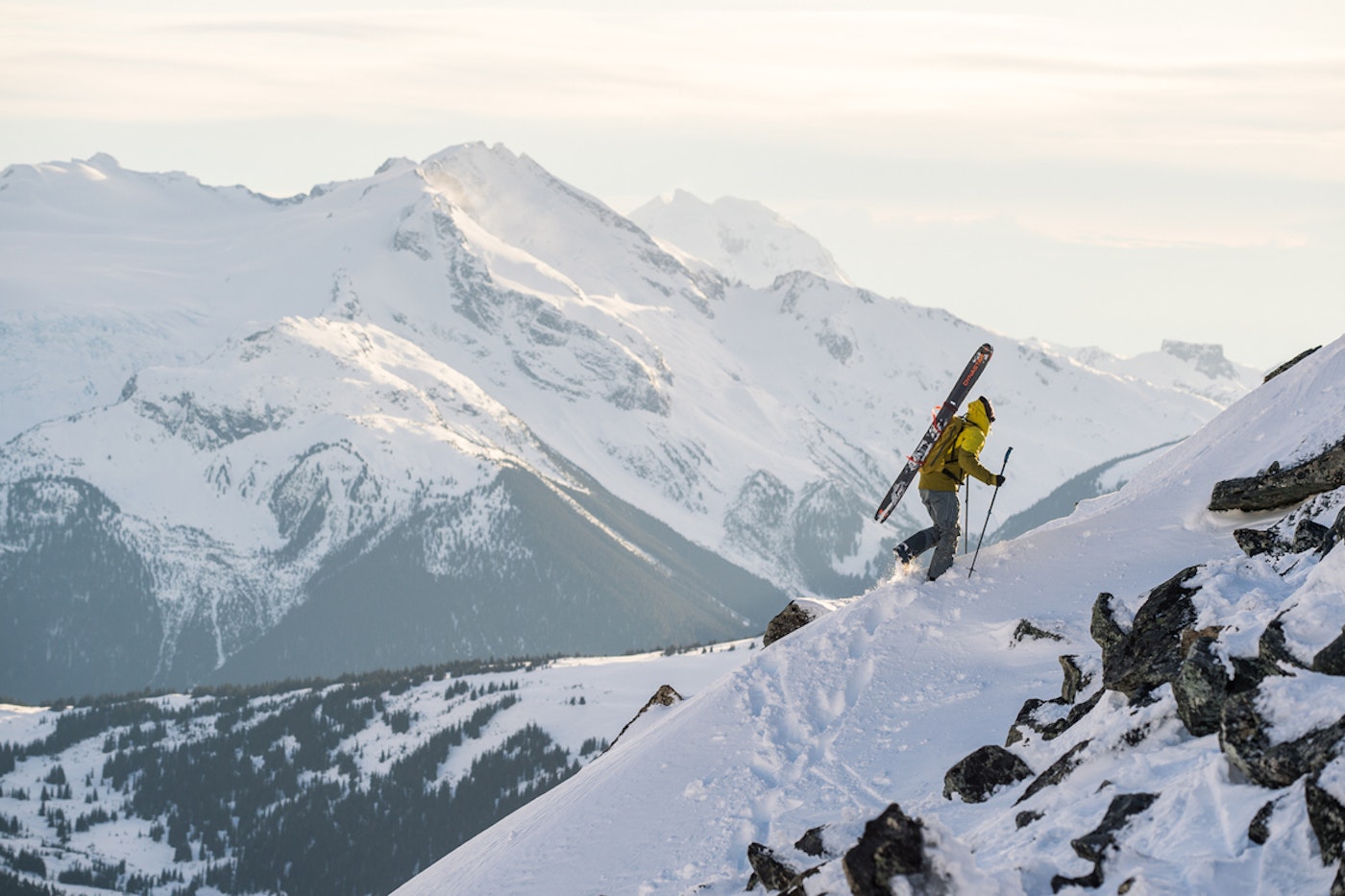
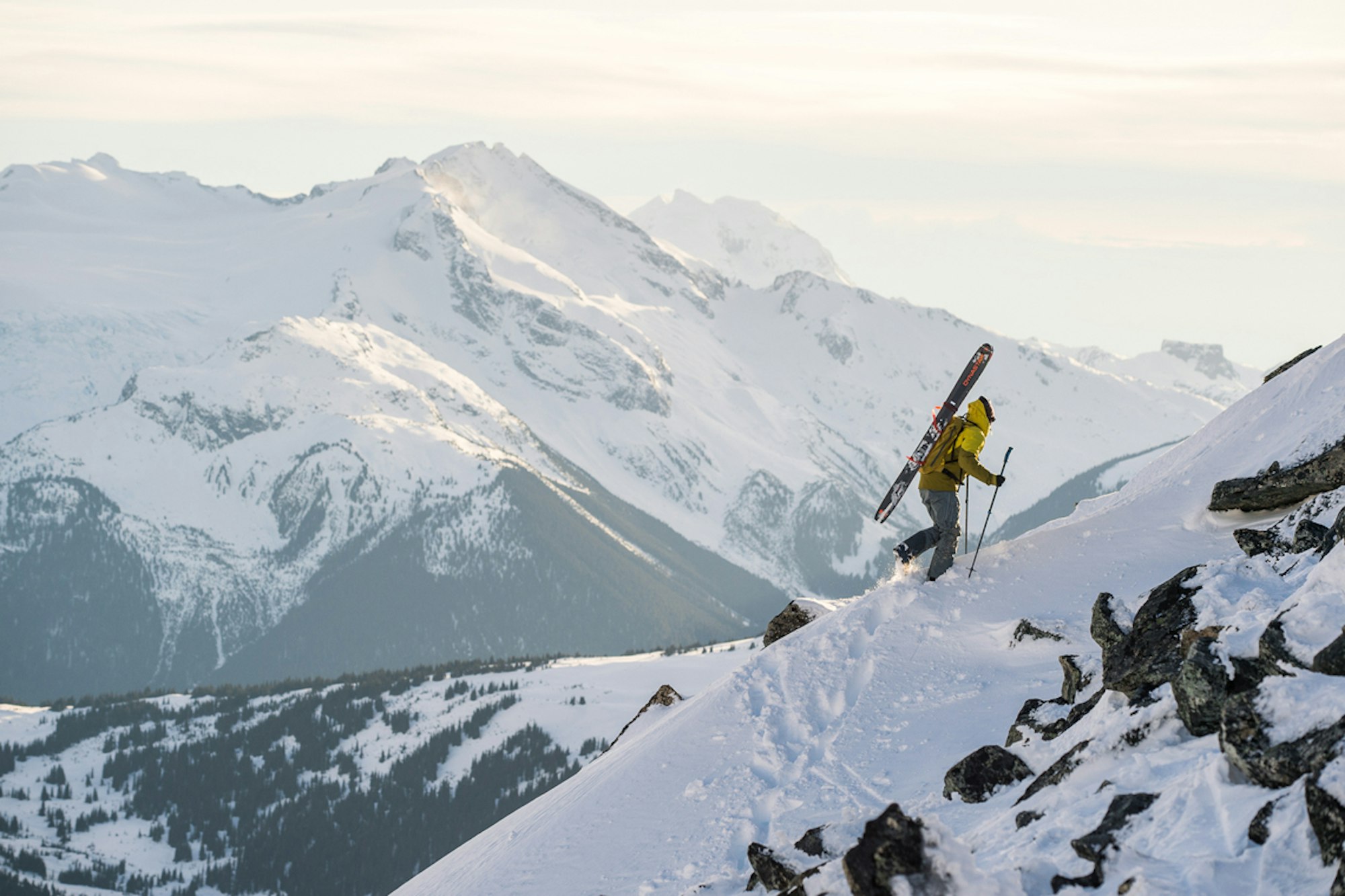
Whether it’s where the product is made, what the product is made of or what the product was made for, Arc’teryx believes transparency is key. You should know the jacket that is keeping you warm and dry on those high-alpine excursions was developed by the creative minds at the design center. The harness that saves your life during a climbing fall was sewn by the hands of many Arc’teryx employees at one of the 22 global factories. And no matter what Arc’teryx product is in your closet, it probably took years to perfect before bringing it to market for you to enjoy.

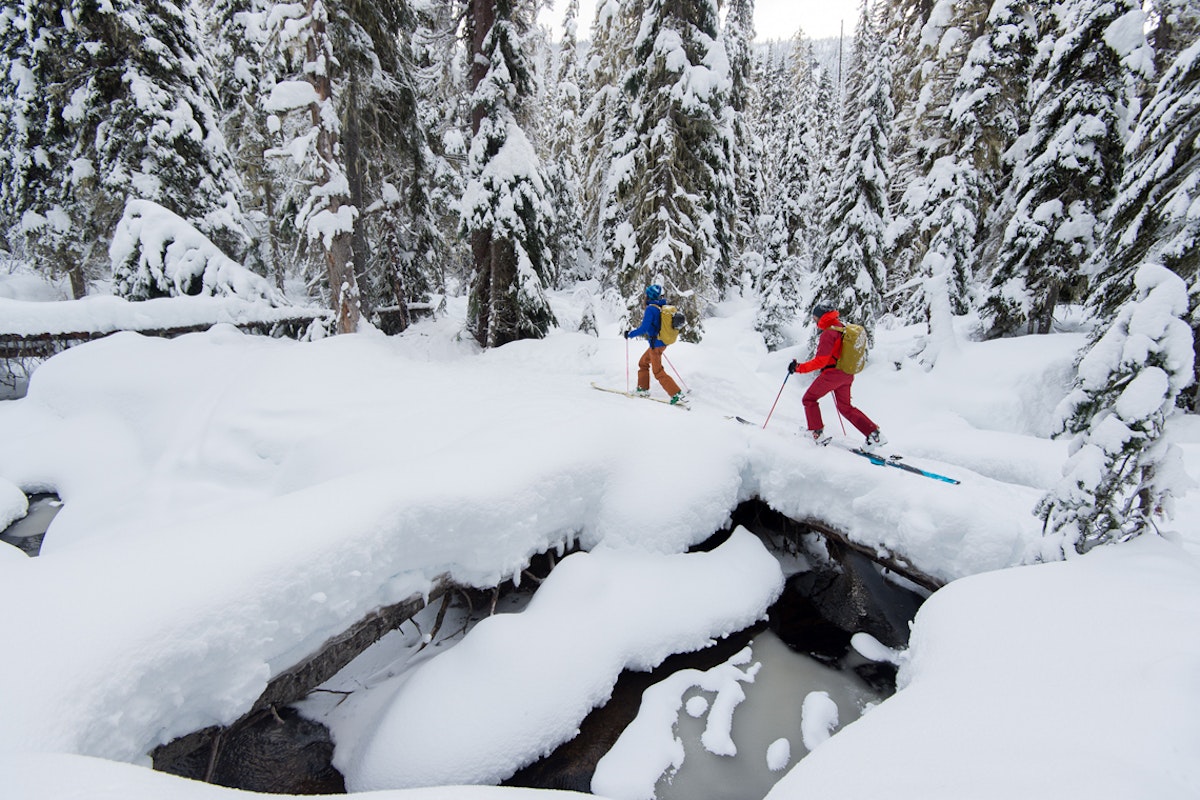
![[GIVEAWAY] Win a Legendary Ski Trip with Icelantic's Road to the Rocks](https://www.datocms-assets.com/163516/1765233064-r2r26_freeskier_leaderboard1.jpg?w=200&h=200&fit=crop)
![[GIVEAWAY] Win a Head-to-Toe Ski Setup from IFSA](https://www.datocms-assets.com/163516/1765920344-ifsa.jpg?w=200&h=200&fit=crop)


![[GIVEAWAY] Win a Legendary Ski Trip with Icelantic's Road to the Rocks](https://www.datocms-assets.com/163516/1765233064-r2r26_freeskier_leaderboard1.jpg?auto=format&w=400&h=300&fit=crop&crop=faces,entropy)


![[GIVEAWAY] Win a Head-to-Toe Ski Setup from IFSA](https://www.datocms-assets.com/163516/1765920344-ifsa.jpg?auto=format&w=400&h=300&fit=crop&crop=faces,entropy)


